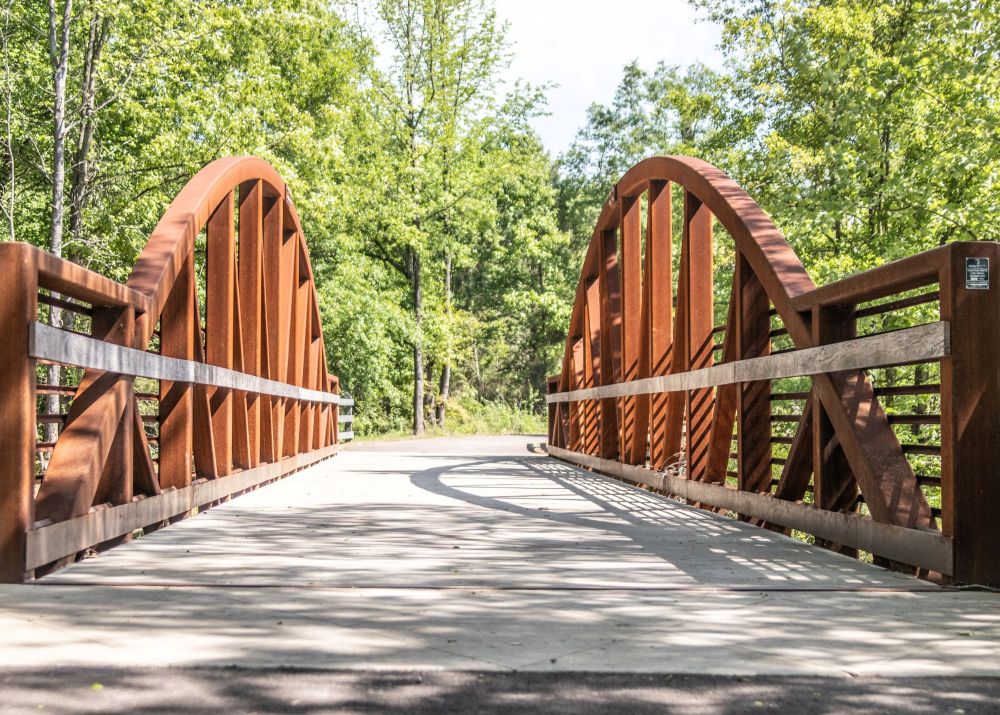Celebrating 40 Years of Local Impact Along the Wolf River

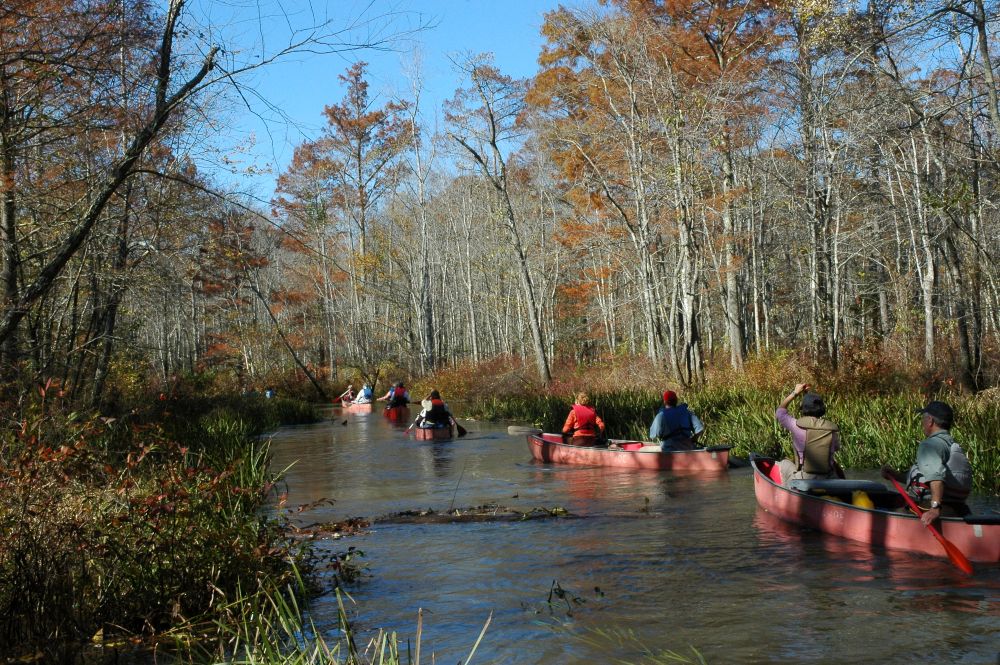
Over the course of the Wolf River Conservancy’s 40 year history, our organization has positively impacted communities all along the length of the Wolf River. A brief overview begins at the Wolf River headwaters, where Conservancy staff and volunteers partnered with the U.S. Forest Service to create an official public-use trail at Baker’s Pond in Benton County, MS. The trail is an easy way for anyone to experience Holly Springs National Forest, its hilly terrain, and the freshwater springs from which the Wolf River arises.
Moving downstream, the Conservancy has now protected approximately 800 acres in and around the tiny town of Michigan City, Mississippi, with conservation easements and fee title purchases. Crossing the state line into Tennessee, Fayette County has been a major focus for land protection for our organization. LaGrange, TN, is a small historic town with numerous houses dating from the mid-1800’s, which lies just north of the Ghost section of the Wolf River. The Conservancy rallied support for saving the Ghost River section in 1995, support which included the citizens of LaGrange, the state of Tennessee, and countless others. A monument was placed in the LaGrange town square to honor the protection of the 4,000-acre natural area which continues to serve the community with recreational opportunities and wildlife habitat.
Moscow is the self-proclaimed the “city between two rivers” - the North Fork of the Wolf River and the Wolf River. The Conservancy has partnered with landowners and TWRA to add Wildlife Management Area (WMA) units along the North Fork and the mainstem of the Wolf. This small city has plentiful outdoor recreation opportunities for paddling, hunting, and fishing at its doorstep.
Downstream in Rossville, TN, is the William B. Clark State Natural Area, which provides easy access to a baldcypress swamp via a boardwalk. Spearheaded by The Nature Conservancy, this beautiful natural area has a nice boat launch on the Wolf River and contains high concentrations of redheaded woodpeckers in the winter. Rossville is also home to the Wolf River Café where many Wolf River paddlers dine before or after a trip on the river.
On the Fayette-Shelby County line, Piperton contains over 1,950 acres of wetland habitats open to the pubilc as part of the Wolf River WMA. This growing suburban community has one of the newest boat access sites on the Wolf (thanks in part to WRC, TWRA, and TVA), and is a great starting point for a short and scenic paddle to the next town, Collierville, taking out at Collierville Arlington Rd.
Collierville boasts a great park system and frontage on the Wolf River. It is here that the river’s natural meanders are transformed by the channelizing which took place downstream in the 60’s. In the 2000’s, WRC lobbied to secure millions of dollars from the Army Corps of Engineers to help stabilize the headcutting erosion of the banks and river bottom within the 2,000+ acre Wolf River Wildlife Area in order to protect the wild meanders of the upper Wolf River further upstream (see photo below).
Germantown fronts part of the Wolf River’s channelized portion, and the city took an early lead in Greenway development, which pushed funders and adjacent communities to do more for paved trails. WRC, along with the Memphis Garden Club, helped to create Riverwoods State Natural Area and protect the 322-acre property known as Lovitt Woods in Germantown, an effort which protected more acreage than was disrupted by the extension of Wolf River Boulevard.
Shelby Farms Park welcomes all the communities in the metro area. This massive park is surrounded by Memphis and Germantown and was once threatened by a proposed extension of Kirby Parkway that would have bisected the southern half of the park. WRC and others banded together to protect 728 acres as the Lucius E. Burch State Natural Area in the 90’s. This designation saved two very large blocks of land as contiguous habitats for wildlife and recreational trails for humans.
The city of Memphis contains the final 17.5 miles of the Wolf River and over 1,400 acres of protected lands and parks along the Wolf, many of them adjacent to the Wolf River Greenway, a park and trail system which enables conservation of land. Over 14 miles of Greenway are currently open, with several more miles under construction. These parks, trails, and protected spaces have been utilized in educating thousands of young people so far. The impact of the Wolf River Greenway project is generational, providing many more educational and recreational opportunities to Memphians into the future.
Discover 40 years of Wolf River Conservancy’s work protecting lands and connecting communities from the river’s headwaters to Memphis parks and trails.

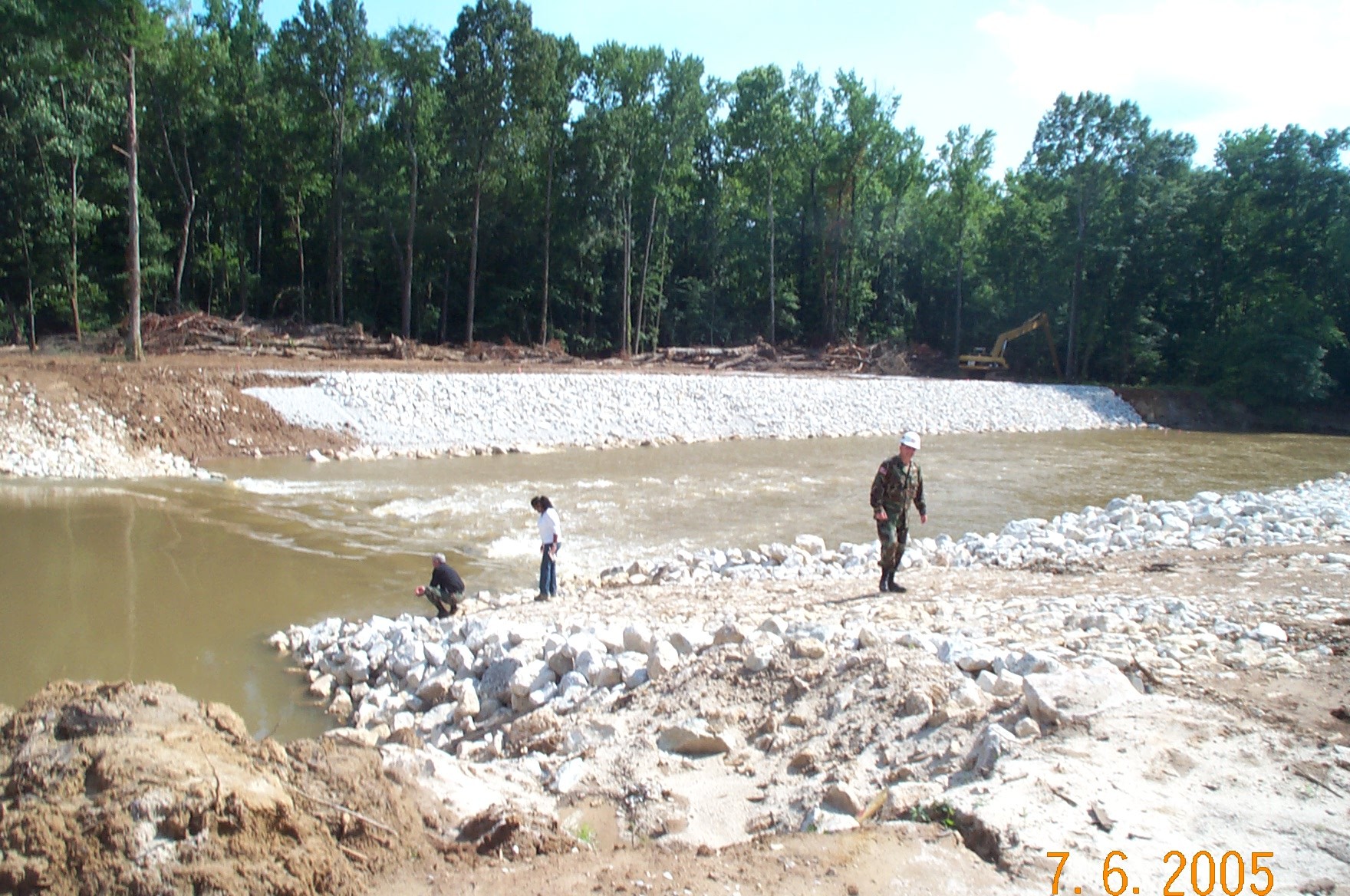
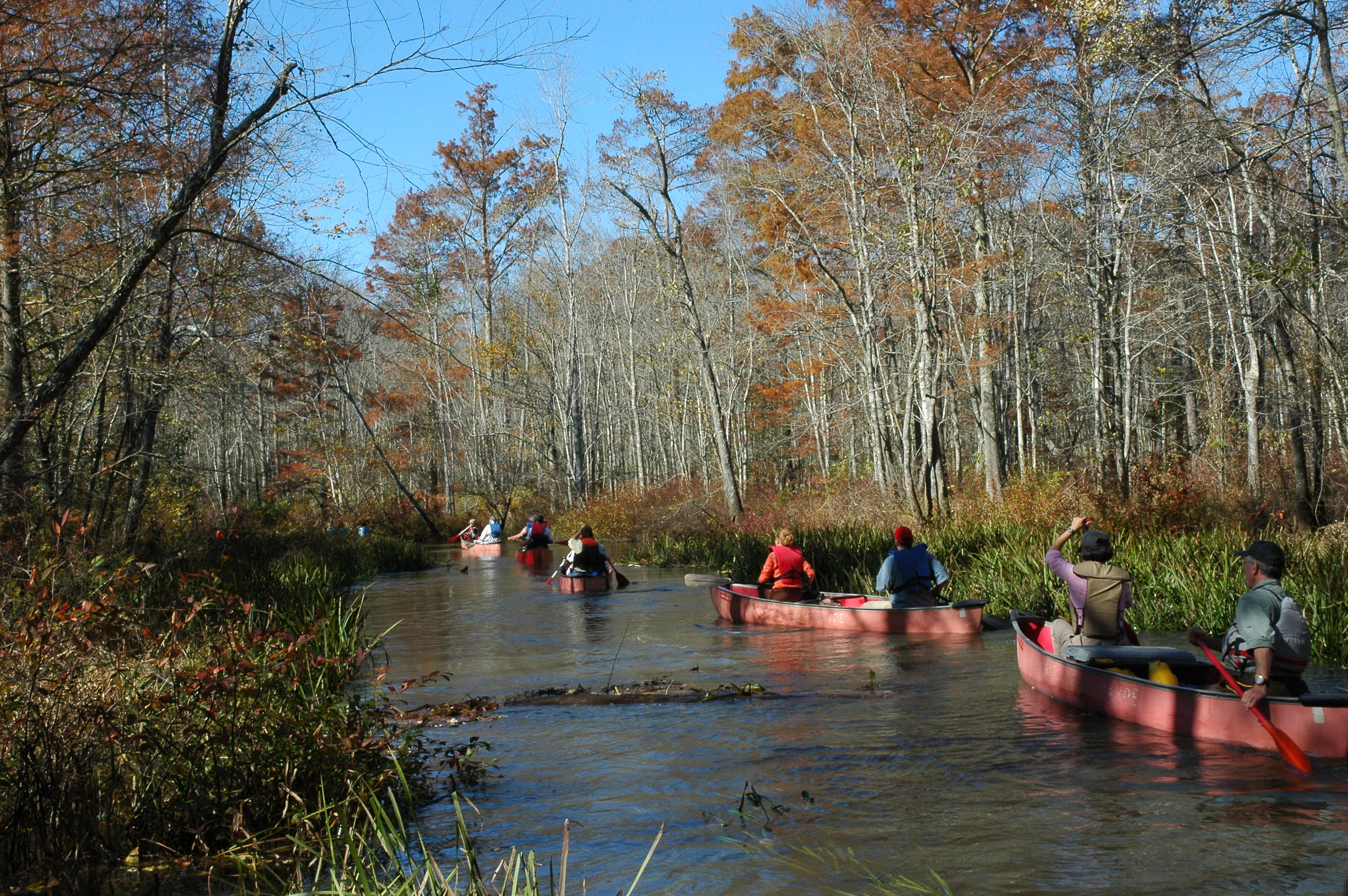
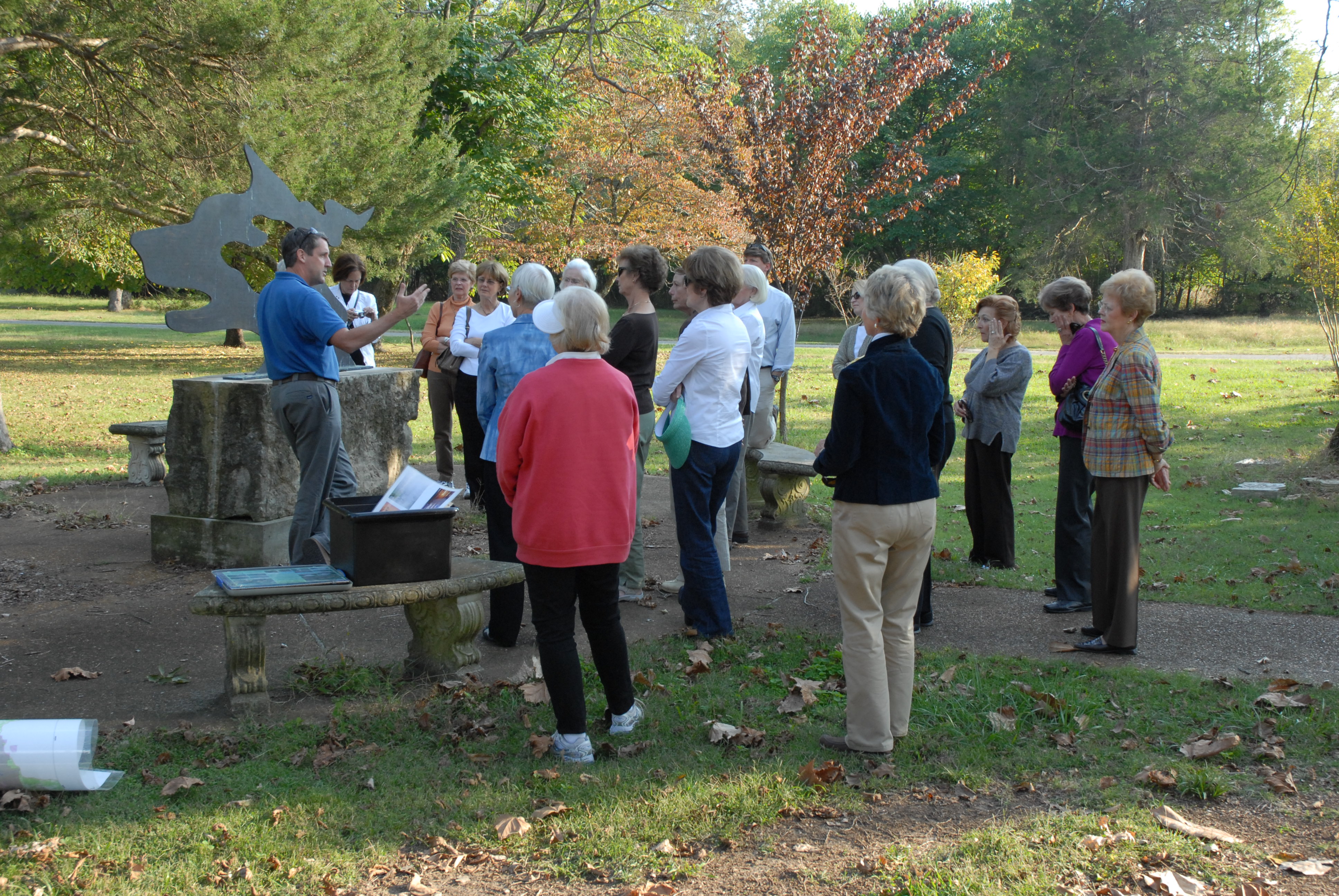


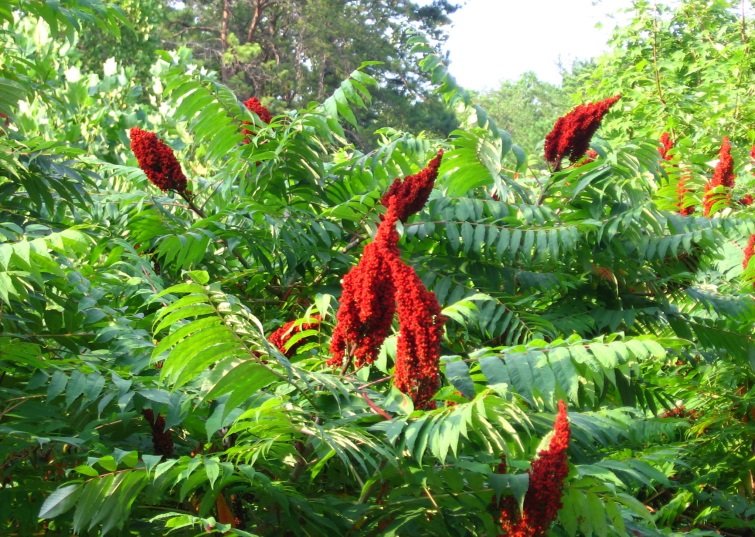
.jpg)
